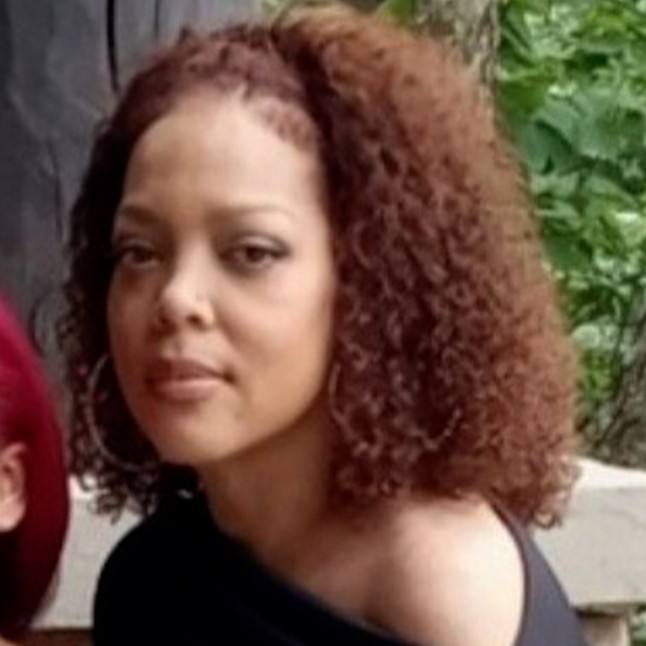-
Psychologist finds help for shaking disorder through mindfulness training

Very suddenly one day, Bill Hunt became anxious and began trembling uncontrollably. "His symptoms came on so quickly, I was sure he had a serious neurological disorder," says Bill's wife Mary Friedel-Hunt.
Extensive testing for dreaded diseases such as Alzheimer's, Parkinson's, multiple sclerosis and Lou Gehrig's disease came back negative. "My fear of those things subsided, but Bill's shaking continued," says Mary.
Bill, a retired clinical psychologist, was shaking so violently and constantly that he couldn't think, sleep or walk. "He literally became a bundle of nerves and required heavy medication to get any relief," remembers Mary, who is also a psychotherapist.
"We were each other's caretakers," explains Mary. "He took care of me because he was retired and doing all the cleaning, cooking and finances while I worked." It was painful for Mary to see Bill so helpless. It was also difficult for Bill, whose legendary irrepressible and unassailable spirit became paralyzed by extreme anxiety.
If you've heard the saying "The shoemaker's children have no shoes," you can understand how Mary and Bill felt when they were told Bill's condition was caused by emotional stress and anxiety. "We are both psychotherapists and we couldn't find a remedy for Bill's shaking," explains Mary. "We tried all the tricks and tips we knew, but nothing seemed to help." The Hunts also tried several alternative practitioners, to no avail.
Bill's loss of some cognitive abilities was a result of amyloid angiopathy and mild brain atrophy. This, combined with his emotional stress, led to his anxiety.
Bill had spent decades in a private psychotherapy practice — seeing up to 50 patients a week — and now he couldn't help himself. His physicians couldn't offer answers or remedies, either. The Hunts' situation was spiraling out of control when they considered Mayo Clinic's Integrative Medicine practice.
Integrative medicine
"After traveling an exhausting trail, our path led us to Mayo's Integrative Medicine team," says Mary. "At that point, we were praying and hoping for a miracle."
Mayo Clinic in Minnesota created an integrative medicine program to meet the needs of physicians and patients for credible, evidence-based information and treatments that complement conventional care.
"When I first met with Bill and his wife, Bill was shaking vigorously," says Amit Sood, M.D., a general medicine physician and member of Mayo's Integrative Medicine team. "He was in great duress — very anxious and depressed."
Dr. Sood used a technique called mindfulness to focus Bill on the external world. "We literally needed to get him out of his own head," explains Dr. Sood. "He was intensely internally focused on all his grief, guilt, loss, fear and anxiety."
For years, Bill had absorbed all the pain from people he'd treated. In addition, his own personal relationships and fear of the future compounded his suppressed anxiety. "For years, Bill would block negative thoughts by staying busy and moving. He might have developed a coping mechanism to stop anxious thoughts by creating a distracting but minor motor activity. Eventually, this morphed into a shaking disorder," says Dr. Sood.
In essence, Bill's limbic system was operating in supercharged mode. The brain's limbic system supports a variety of functions, including emotion, behavior and long-term memory. Mindfulness works by totally engaging and absorbing people in their environment in a non-judgmental fashion to help them forget their inner negative thoughts.
Dr. Sood also leads a robust research enterprise to complement Mayo's integrative medicine practice. The team has produced manuscripts, book chapters and two books; and several faculty members serve on study sections and special emphasis panel at the National Institutes of Health. The mind-body medicine applications — like the ones used for Bill — are a major emphasis of this research, funded by several national sources.
Bill's prescription was to totally focus on an object for 15 minutes several times a day. It's a learned technique and one that takes practice, concentration and commitment.
"I remember Dr. Sood holding an ornate pen in front of Bill and asking him to focus on every single detail," says Mary. "He taught him how to follow all the lines and study every color, every shape." After one session, Bill's shaking stopped. He continues using mindfulness several times a day.
"We need to address the underlying reasons for the anxiety," says Dr. Sood. "We can't just suppress a symptom, but need to eliminate the source to promote healing and focus on caring for the total patient."
To this end, Bill is addressing personal relationships and making positive progress in finding meaningful activities in retirement. He's taking proactive measures with his health and learning to conquer loss and anxiety by understanding what he can control, and accepting what he can't change.
Living "out of his head"
"Another trick Dr. Sood taught us is to post visible reminders around the house and to move our furniture around — changing up our routine and our environment," explains Mary. The signs remind both Bill and Mary to stay in the present moment. Moving the furniture tricks the brain, helping Bill to create new habits and ways of thinking.
"So often our interaction with the world is passive," explains Dr. Sood. "We don't really engage with it. The key to Bill's healing was to get him totally engaged with his external world so the drama in his head shuts down."
Mayo's integrative medicine approach accepts that people have imperfections hidden in their past and future, but dwelling on them is unhealthy. The team seeks to engage and cultivate the higher centers of the brain to promote healing. "Our interventions are rooted in biology and science," explains Dr. Sood.
Mayo Clinic professionals refer patients to integrative medicine if they feel such techniques would augment patient care or when no other medical explanation exists for a patient's symptoms. Other integrative medicine therapies offered by Mayo Clinic include acupuncture, massage and herbal remedies. These treatments are used for cancer, surgery complications, smoking cessation, and relief of pain associated with chronic conditions.
"Mindfulness, acceptance, forgiveness, finding meaning in life and spirituality are grossly underutilized," says Dr. Sood. "Our practice has successfully treated many patients with these simple approaches when other forms of therapy — including pharmacotherapy — have failed."
When there were no other ways to resolve Bill's shaking, integrative medicine helped him find meaning and passion to propel him into useful activities.
Of Mayo's integrative medicine team, Mary says, "It taught him techniques he can use anywhere. Dr. Sood fully understood Bill and how he hurts — and spoke to him at just the right moments and taught him how to conquer his emotional stress."
Related Diseases







